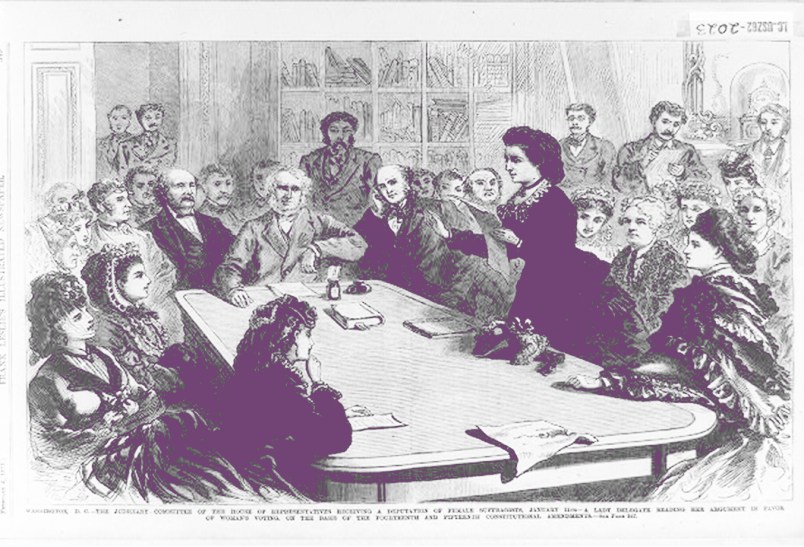I hope I don’t abuse the privilege of telling you when something is a must read. But this article is an absolute must-read. Just go read it right now. Or let me share my take on it and read it afterwards.
The article is by Gregory Downs, a History Professor at UC Davis and it’s the first installment of our 10-part series on Voting Rights and Democracy. The original idea for the piece came from me. Because I wanted to focus our attention on the fact that the imposition of Jim Crow in the last two decades of the 19th century wasn’t the only retreat from democracy in that era. The modern system of voter registration, the whole concept of voter registration, dates from this era. And a key part of the original aim of registration was to limit voting. Indeed, across the country in the late 19th century there was a broad move against the franchise, mainly aimed at the rapidly growing immigrant population.
This is a nugget of knowledge I bring from my history days. Downs tells that story but he adds numerous dimensions of that story that I was wholly unaware of. One key point is that when Southern whites were reclaiming political control after the end of Reconstruction, with a mix of new laws and paramilitary violence, one of the places they looked for ideas was to the North, especially to New England. Tactics Northerners were using to limit immigrant voting were taken up by Southerners trying to find ways around the 15th Amendment: poll taxes, literacy tests, grandfather clauses. These things weren’t simply happening at the same time. They were in interplay and feeding off each other.
The impact of these strategies was of course vastly different. New laws and organized violence all but ended black suffrage in the South by the end of the 19th century whereas they were only a brake on immigrant voting in the North. But the interplay between the two was entirely new to me.
Another point goes to the 15th Amendment itself.
Earlier this month, in expectation of our series, I noted how the right to vote in the United States is curiously weak. Indeed, there actually is no constitutional right to vote at all. There are a number of prohibitions on how the state can restrict the right to vote (can’t do it on basis of race, for instance.). But there’s no actual right to vote. The key reason for this is that we have a rather thin 15th Amendment. It lists some things the state (or states) can’t do. But it doesn’t give you an actual right to vote. And it explicitly notes ways that you can’t lose your ability to vote.
What I learned from Downs’ piece is that a key reason we ended up with that thin 15th Amendment was that certain Northern Republicans who were legitimately committed to suffrage for Southern blacks did not want to lose some of the tools they used to disenfranchise people (mainly new immigrants) in the North. In critical ways the imposition of Jim Crow was immediately and directly linked to restrictions on voting in the rest of the country.
The other big takeaway for me was this. We tend to think of American history as a slow unfolding of rights over time – with the imposition of Jim Crow in the 1880s and 1890s, a major step backwards, as a sort of historical anomaly. As we’ve discussed elsewhere, that’s simply not the case. But what I took from Down’s article is that in many ways voting restrictionism focused on immigrants is the most consistent through-line to the battle over the vote through our history. It predates the Civil War, which in some way interrupts it. It returns with a vengeance after the Civil War. And it both inspires and assists the disenfranchisement of Southern blacks after the withdrawal of federal troops from the South in the late 1870s.
There’s a lot else in the piece – about how the regularization of voting (registration, the Australian ballot, and more) was a key driver of diminished voter participation at the end of the 19th century, for instance. So read it. You’ll learn a lot. I think you’ll find it a fascinating read and it will provide critical context for the rest of the series. Click here.






